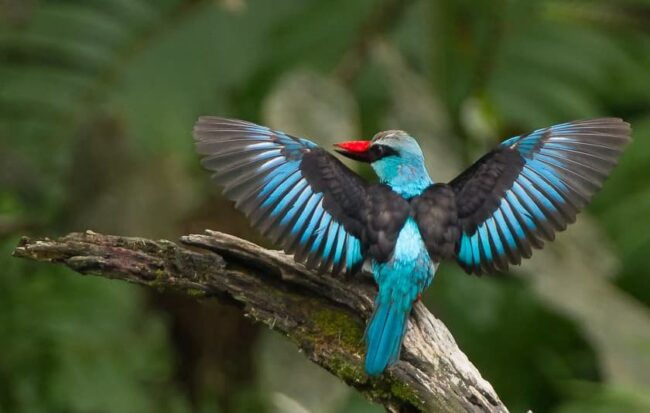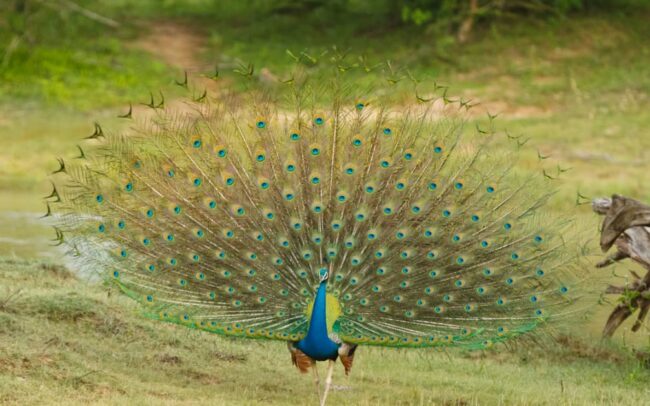The Southern Cassowary, scientifically known as Casuarius casuarius, is a majestic and enigmatic bird species that inhabits the tropical rainforests of northeastern Australia, New Guinea, and nearby islands. Renowned for its unique appearance and impressive size, the Southern Cassowary captivates bird enthusiasts and researchers alike. In this blog post, we will delve into the key characteristics, behavior, and ecological importance of the Southern Cassowary.
The Southern Cassowary’s Striking Appearance
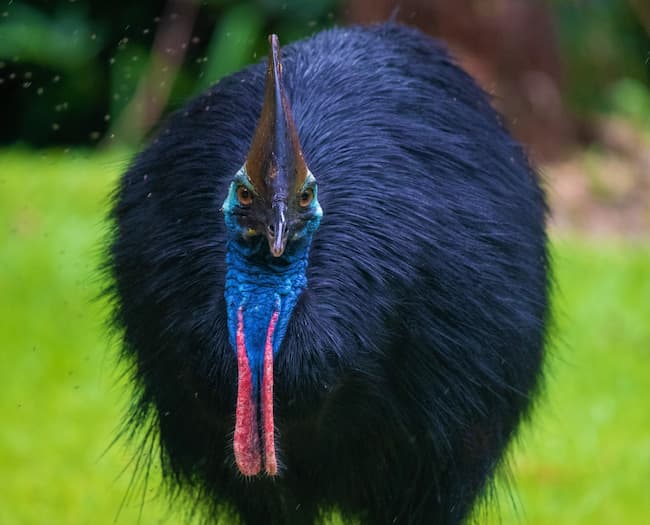
The Southern Cassowary is a large flightless bird that stands tall at an average height of 1.5 to 1.8 meters (5 to 6 feet) and can weigh up to 60 kilograms (130 pounds). It possesses a distinctive casque, a large keratinous structure on top of its head, which serves as a protective feature. The bird’s plumage is predominantly black, with vibrant blue skin on its face and neck. Its powerful legs end in three-toed feet, equipped with dagger-like claws, making it a formidable creature.
Habitat and Distribution
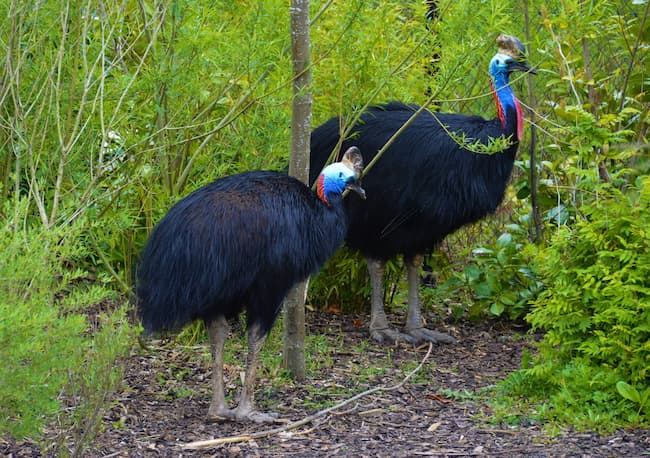
Southern Cassowaries are primarily found in the tropical rainforests of northeastern Australia, including the Wet Tropics World Heritage Area. They also inhabit the lowland and mountain rainforests of New Guinea and nearby islands. These birds prefer dense vegetation, providing them with ample cover and a variety of fruits, seeds, and invertebrates to feed on. Their habitat plays a crucial role in their survival and reproduction.
Diet and Feeding Behavior
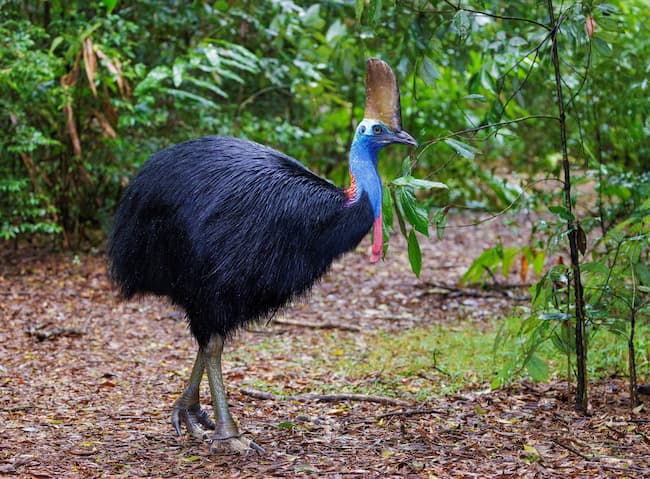
The Southern Cassowary is an omnivorous bird, with a diet consisting mainly of fruits, but also includes leaves, flowers, insects, small vertebrates, and carrion. As a frugivorous species, it plays a vital role in seed dispersal within its habitat. The Cassowary consumes fruits whole, and the undigested seeds are dispersed through their feces, contributing to the regeneration and diversity of the rainforest ecosystem.
Behavior and Reproduction
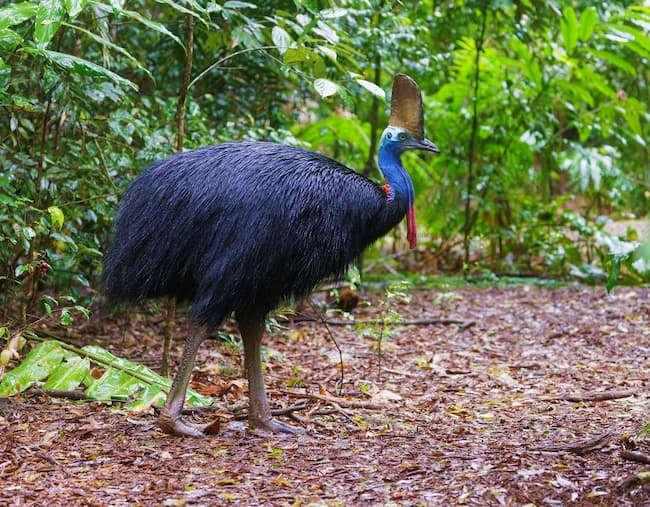
Southern Cassowaries are solitary birds, often roaming within a home range of several square kilometers. They are known for their shy and elusive nature, but can display aggressive behavior when provoked or during territorial disputes. The female Cassowary is larger and more dominant than the male. During breeding season, the male takes on the responsibility of incubating the eggs and rearing the chicks, a unique behavior among birds.
Ecological Significance and Conservation
The Southern Cassowary plays a vital role in the rainforest ecosystem as a seed disperser, promoting forest regeneration and maintaining biodiversity. However, this iconic species is facing numerous threats, including habitat loss, fragmentation, vehicle collisions, and illegal hunting. Conservation efforts focus on protecting their habitats, raising public awareness, and implementing measures to mitigate human-cassowary conflicts.
Encountering the Southern Cassowary
Observing a Southern Cassowary in its natural habitat is a remarkable experience. However, it is important to exercise caution and respect their space, as they are wild animals and can display aggressive behavior if they feel threatened. If you are fortunate enough to encounter a Southern Cassowary, maintain a safe distance and appreciate their beauty from afar.
Conclusion
The Southern Cassowary, with its striking appearance, unique behavior, and ecological significance, is a truly captivating bird species. By understanding and appreciating its role in the rainforest ecosystem, we can contribute to its conservation and ensure its survival for future generations. Let us join hands to protect this magnificent bird and its habitat.
